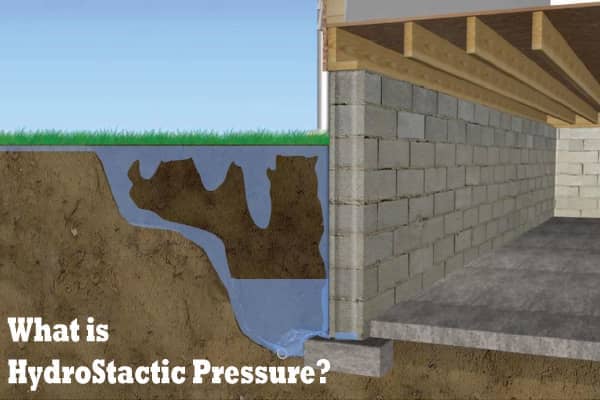Best Basement Waterproofing Things To Know Before You Buy
Table of Contents3 Simple Techniques For Best Basement WaterproofingBest Basement Waterproofing for DummiesThe Buzz on Best Basement WaterproofingNot known Factual Statements About Best Basement Waterproofing
What causes water damage problems in your cellar? Pipelines that line the inside of your walls are just one instance of where water damage can occur.The soil and ground of your home is very crucial. If there is excessive water surrounding your home, however, it can press the dirt into your home and create the seals of your cellar to come to be compromised. when you see excess water in locations where it should not be, that is an excellent sign that you have a trouble.
Concrete waterproofing coverings are cement-like; once completely dry, they adhere completely to concrete and stonework walls. You apply the coating with a heavy brush made with bristles swirled throughout application for an appealing, finished look. Concrete water-proof finishings can't be used to formerly painted surfaces Silicate-based concrete sealers, also recognized as densifiers, are likewise suitable only for wall surfaces that have not been painted or sealed.
More About Best Basement Waterproofing
Plastic sheets and panels could be combined with interior cellar water drainage systems. They don't stop water from obtaining through the wall surface, however they do quit it from wrecking things in the cellar.
A sump pump is required to relocate water out of your basement. Here are a couple of points the experts can install to aid the waterproofing procedure: this is created for the wall surfaces of your basement.

Basement waterproofing is a fantastic means to get ahead of prospective water damage that may come your means.
The Definitive Guide for Best Basement Waterproofing
When it involves shielding your home, one of the most important actions you can take is cellar waterproofing. A dry cellar not just ensures a secure and healthy and balanced setting for you and your household, but it additionally helps to avoid costly water damages and mold development. In this blog article, we will discuss the relevance of cellar waterproofing, the advantages it provides, and exactly how you can tackle protecting your room.

When it involves cellar waterproofing, there are several approaches that can be utilized to maintain water out of your area. These consist of indoor sealants, outside waterproofing membranes, and drain systems. The best technique for your cellar will certainly rely on variables such as the degree of water breach, the problem of your structure, and your budget.
In verdict, basement waterproofing is a critical action in safeguarding your home from water damages, mold development, and other problems. By purchasing cellar waterproofing, you can ensure that your area stays completely dry, secure, and healthy for you and your family members. Not just does cellar waterproofing offer satisfaction and defense for your home, but it can also Get the facts raise its value and conserve you cash on energy expenses over time.
The 2-Minute Rule for Best Basement Waterproofing
Interior sealants are a type of basement waterproofing technique that entails applying a sealer to the internet within the cellar walls and floorings. Water can leak into a cellar with fractures, spaces, or permeable concrete, specifically in areas where there is high groundwater or bad drainage. This can lead to water damages and mildew growth, along with damages to the foundation and architectural integrity of the structure.
It is an efficient option for protecting against water damage and maintaining the architectural integrity of the structure. It can be costly and next page disruptive to mount, as it calls for excavation around the structure and may include landscaping and various other repair services once the waterproofing is total. This approach is the most dependable and durable remedy for protecting against water infiltration in the cellar.
Foundation fracture injections are an approach of fixing cracks in the structure wall surfaces from the inside, without excavating the soil around the foundation. The process entails infusing a liquid polyurethane or epoxy right into the splits, which then hardens and produces a waterproof barrier that stops water from leaking through. This technique is typically used for smaller cracks that do not pose a structural risk, and can be completed swiftly and with minimal disruption to the building's occupants.